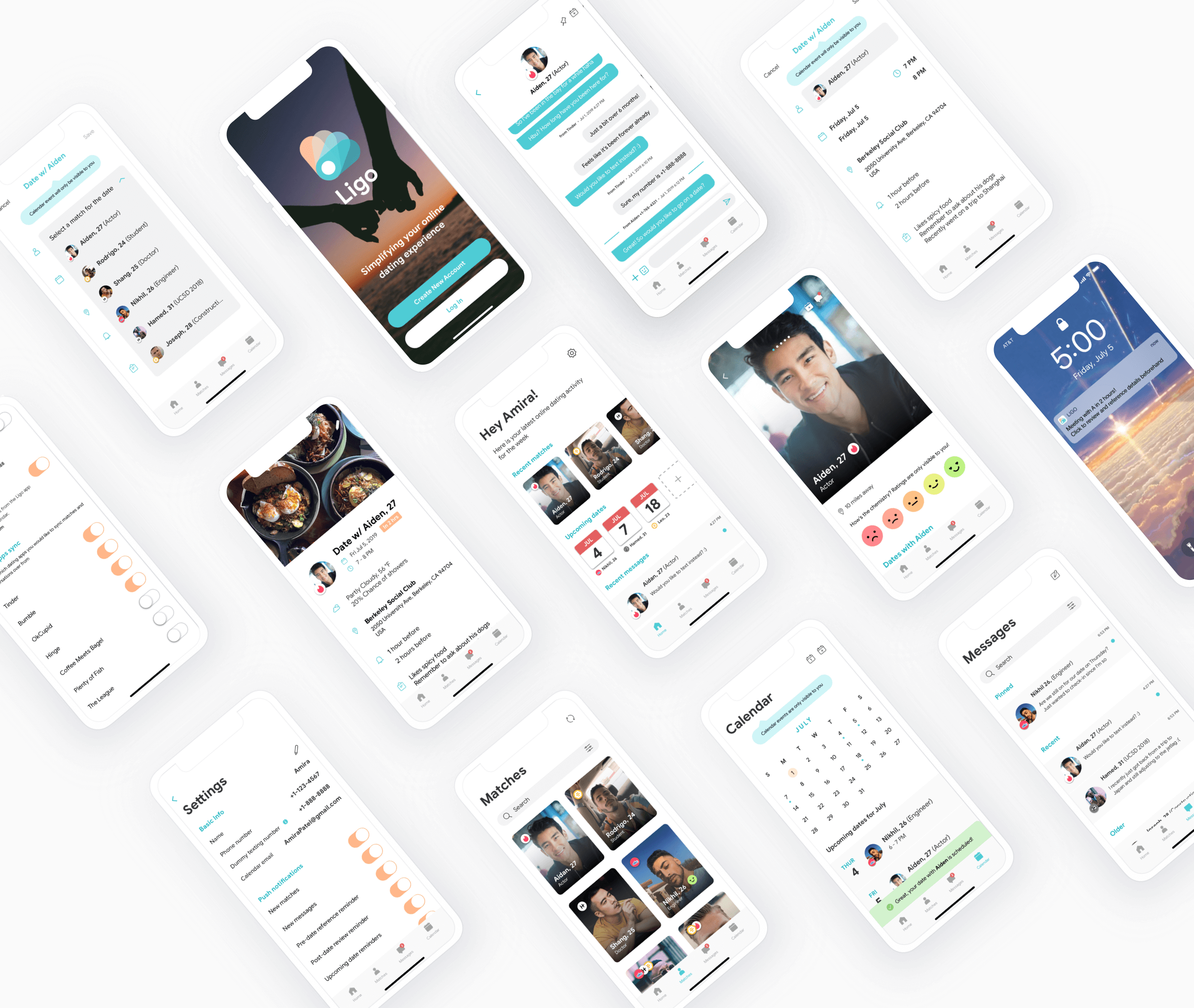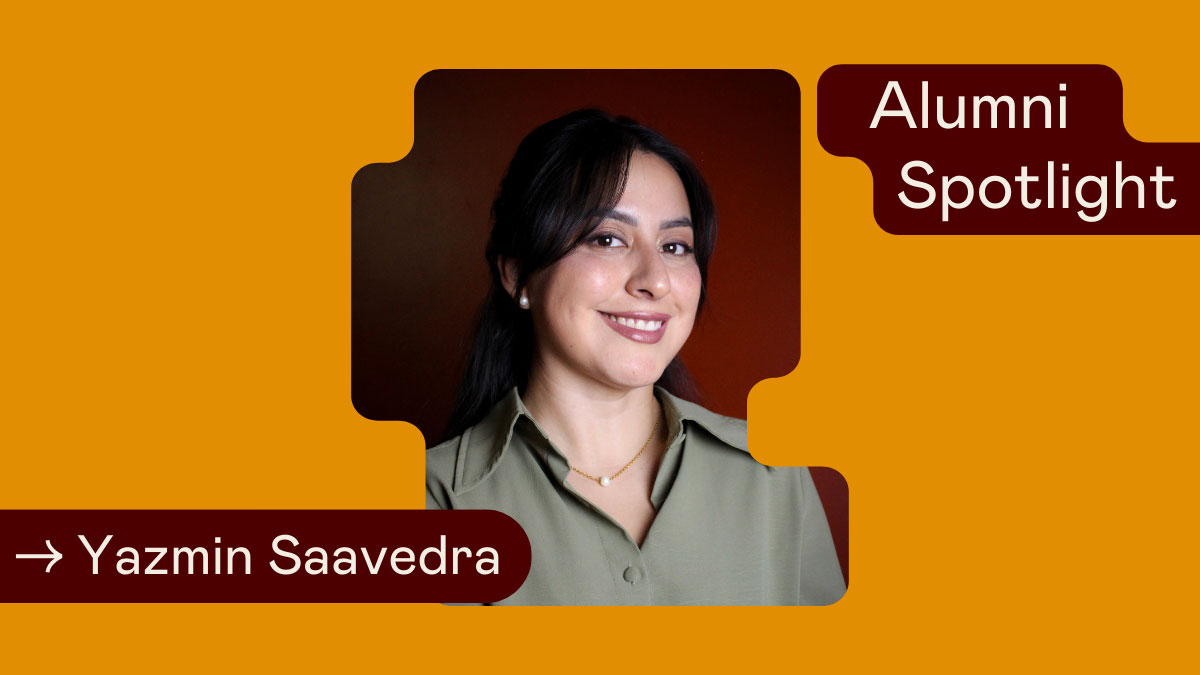Like many of us, Alvin Kuang has spent the last six years since graduating from college trying on different careers.
After graduating from the University of California, San Diego with a BS in Psychology and Biological Sciences, he spent a month in optometry school. He quickly saw optometry wasn’t for him, and pivoted into a software engineering bootcamp instead.
This led to an apprenticeship as a Software Engineer Fellow at Spotify in New York City. And then, a full-time position as a Software Engineer at LinkedIn that relocated him to the Silicon Valley.
Yet, while software engineering was a fulfilling career for a year and a half, Alvin knew it wasn’t a perfect fit. He found himself enjoying the conversations about product design more than code.
“I had times where I’d have to make design decisions on my own, and it was really neat to get exposure to that and work with the designer,” Alvin says. “This person mentioned they saw potential in me because of how much I thought about the user experience and the product side of the features I was working on.”
Alvin felt like if he moved forward with engineering, he wouldn’t be able to leverage or nurture his natural strengths of empathy, conversation, collaboration, and creative thinking—generally the more human side of things.
“My personality didn’t really fit with the engineering team either. My energy level would be very low and I would be mentally taxed from having to force my brain to work in a way that didn’t come very naturally to me.”
Alvin decided to leave his job with LinkedIn in the hopes of following a new career path that tied more closely with his natural abilities. He narrowed it down to two fields: Human Resources or Design.
“I was considering HR operations, but ultimately realized I had always been curious about UX design—from when I first saw a friend doing it in college—and knew that this was the right point in my life to pursue the option and embrace it as a fulfilling career since it was the perfect intersection of all my interests and skill sets.”
He prepared for UX Academy by having informational chats with designers, watching videos of designers talking about their work, reading articles online and design books.
Alvin had already transitioned careers before when going into engineering through a coding bootcamp, so he was aware of what to expect and the work required to make a career transition.

What did Alvin love about UX Academy?
- The coursework was straightforward and really built on top of one another really well.
- I liked that there were briefs, but also room for creativity for choosing what projects we wanted to work on and include in our portfolios.
- I loved the 1-on-1 mentoring experience. It pushed me to develop a great mindset for design and my mentor, Alan, was really reliable and professional!
- My career coach, Poyi, also has been a treasure trove of insights and information while I was job searching and interviewing. He offered me so much advice and perspectives that I would otherwise be unaware about.
What was a typical day like for Alvin while attending UX Academy?
"I was doing the full-time route so I would wake up and just do the coursework right away, have a lunch break, and then work up until the evening when I would then go to the gym in the evening to signify the end of my day.
The amount of required work within the time given was very fast-paced, but I reminded myself that this was going to help me deal with the agile workflow for tech companies. I was fortunate enough to be living at home with my family so I did not have to worry too much about other competing demands.”
What would Alvin’s advice be for UX Academy students?
- Be confident about what your background can help bring to the table as a designer and use that to sell your unique approach and perspective when interviewing.
- Focus on your own time management because it will be a helpful skill in the real world.
- Chat with other cohort mates in the program to build a community of support.
- Really take advantage of the time you have with mentors to learn about their perspective as well as build a community of support.
- Embrace the growth mindset and admit to yourself that you don't know what you don't know!
After graduating from UX Academy, Alvin started applying to 5 jobs a day mostly through LinkedIn and Indeed. Overall, his job search process took 2.5 months, and led him to his current position with Glassdoor in San Francisco.
“The interview process with Glassdoor was very transparent and fast. I had my friend who works there as a designer refer me. Then, I had a phone screen with the recruiter and one with the hiring manager. Then I went in for an onsite with a whiteboard challenge, presentation, and 4 1-on-1's. The entire process took about a month.”
What does Alvin believe helped him land a job with Glassdoor?
- Understanding how to approach whiteboard challenges
- Being referred and getting some insight into the team and company
- Providing detailed case studies that showcase process/deliverables
- Communicating how his background in software engineering would help

Alvin is now 6-months into his new role as a Product Designer at Glassdoor, and so far, this is exactly what he imagined for himself.
“It’s been exciting and there have been a lot of opportunities for learning. I’m now able to leverage my strengths around empathy, creative thinking, problem solving, and human behavior—and also am able to apply a better understanding of interaction design.”
Alvin has already had the chance to contribute to a new product for Glassdoor that allows users to compare companies. Users can look up two different companies and compare things like salary, what employees say, and even new job openings.
“Understanding how the code works and back end structure helps me consider what is a scalable design solution. Coming in with an understanding of the makeup of teams at a tech company was also helpful because I was able to ramp up faster and focus specifically on how design works collaboratively with other teams.”
At Glassdoor, there is a marketing design team, and then the rest of the product designers are split between Business-to-Consumer (B2C) and Business-to-Business (B2B). Alvin is now on the B2C team and is supporting both the Traffic team and the Growth team.
“Right now, I’m trying to work myself up to be confident in my opinions. Getting an understanding of what my strengths are as a designer and what specific area I want to hone in on so that I can become an expert in one part of design but still have a breadth of understanding of other areas,” Alvin says.
“Getting comfortable with different tools is a goal this year, as well as gaining a solid understanding of human interaction behavior within online products. I really like the path that I’m currently on and am excited to see how I will continue to evolve as a designer.”
Connect with Alvin on LinkedIn and check out his portfolio.
Looking to make a career switch to UX design? Check out UX Academy.



.svg)







%20(1)-min.png)
.jpg)

.png)



